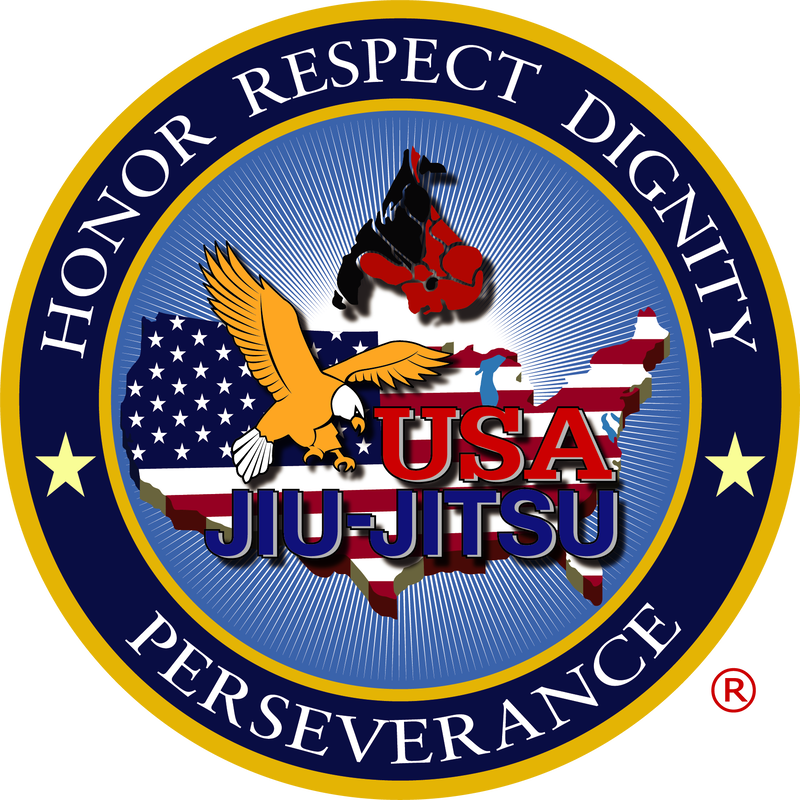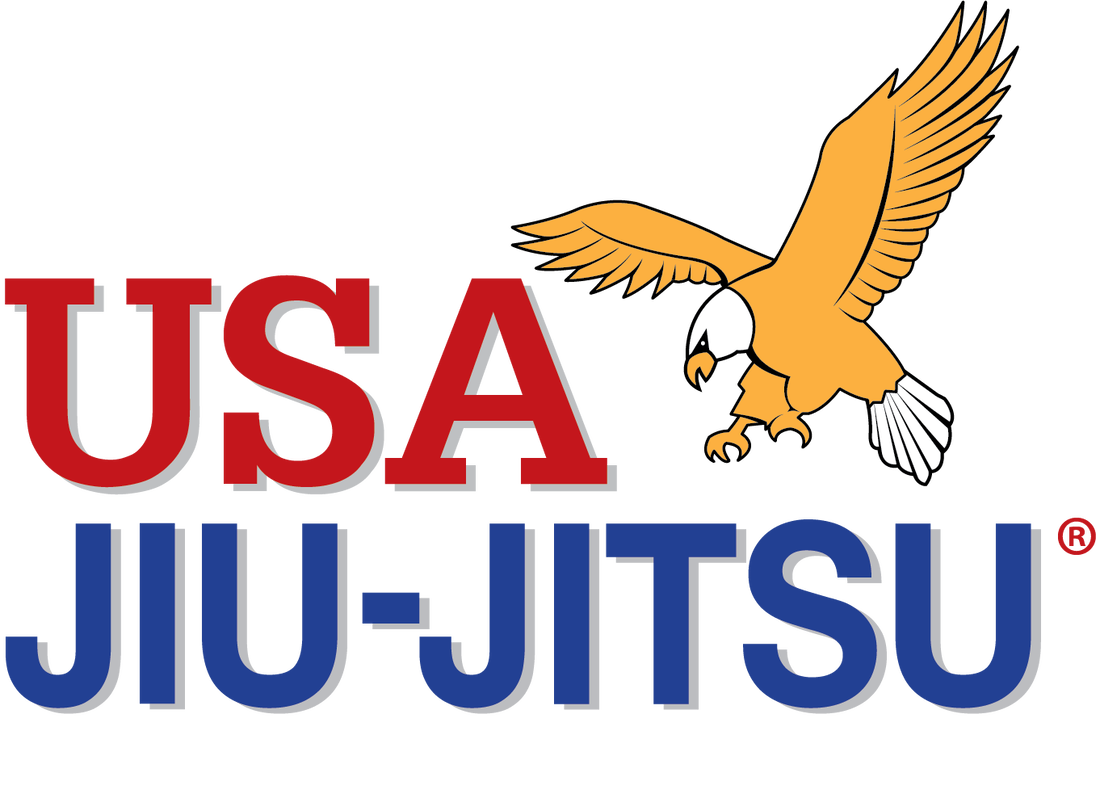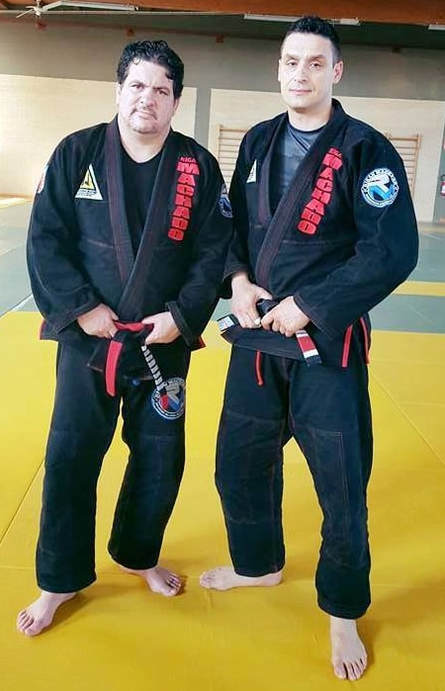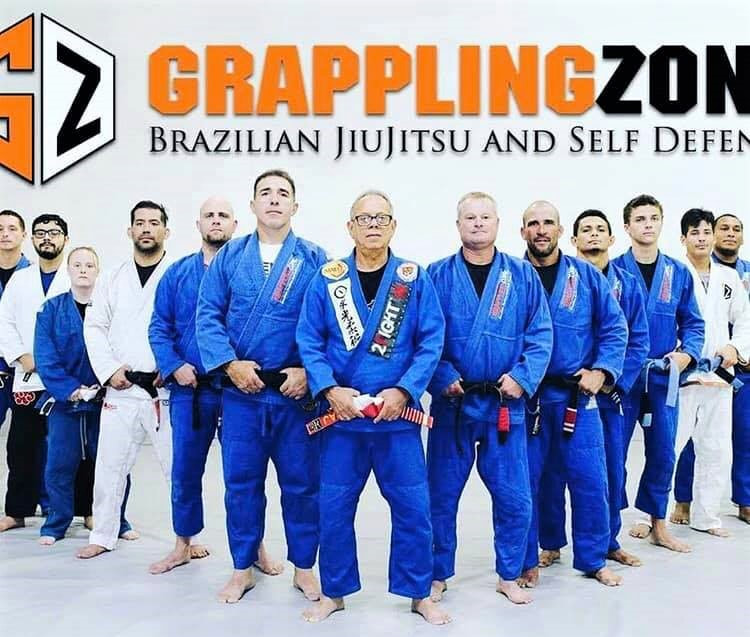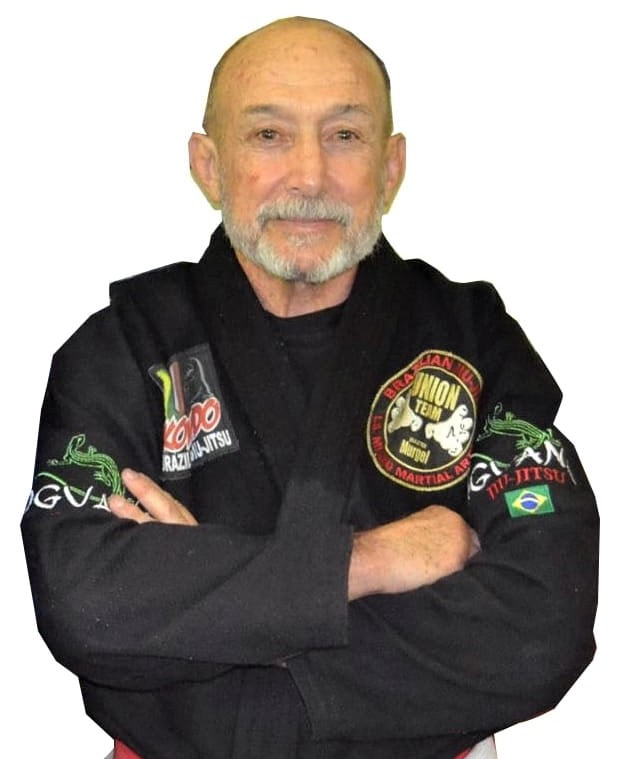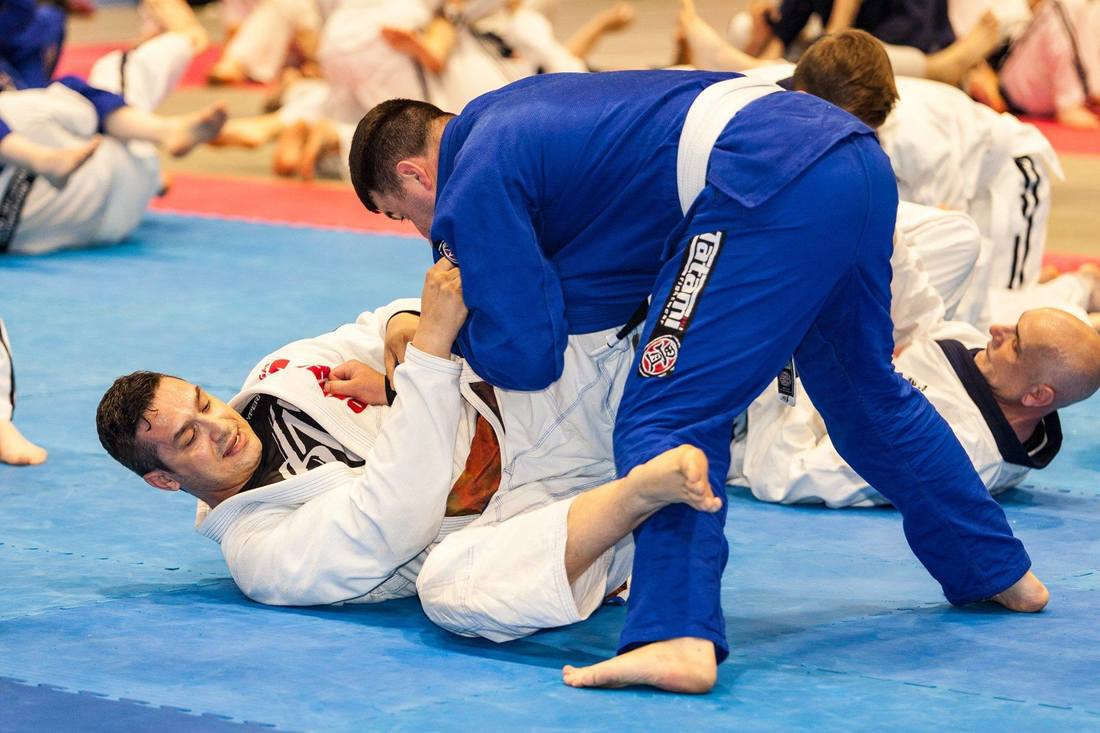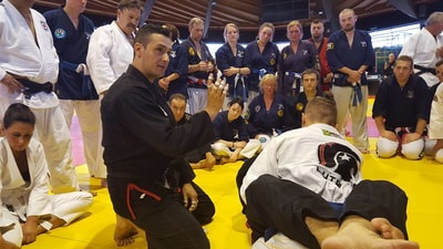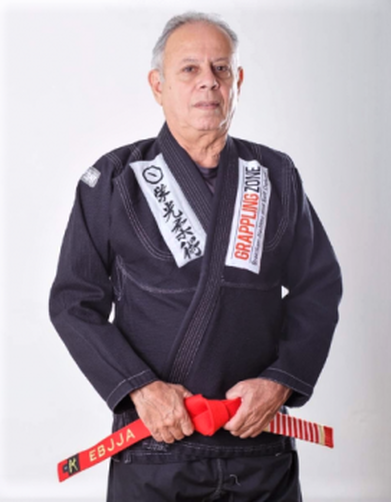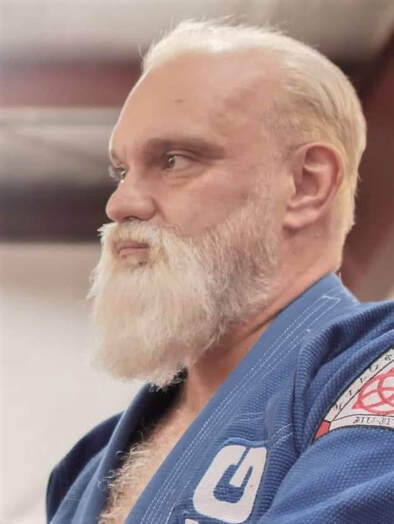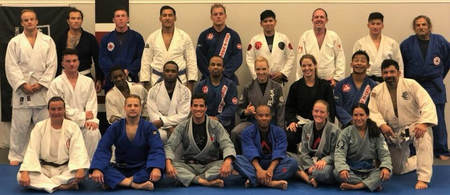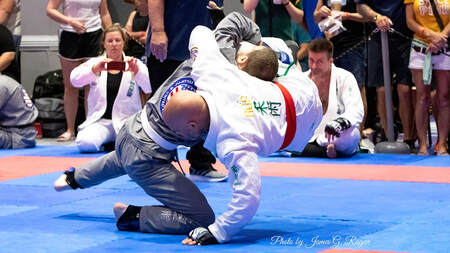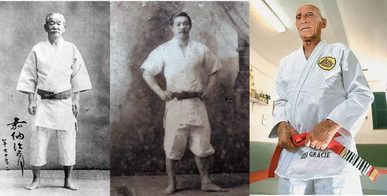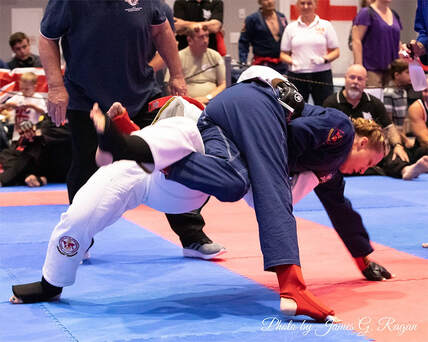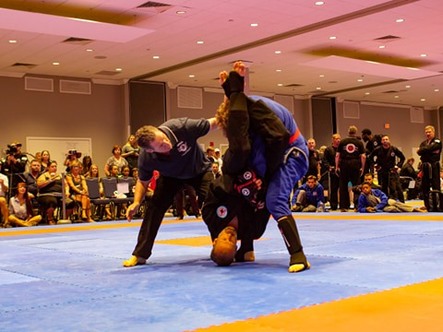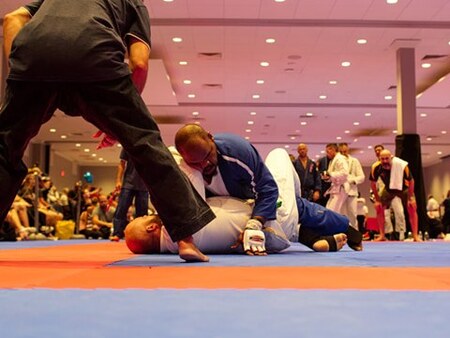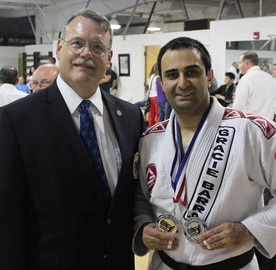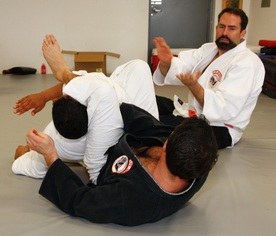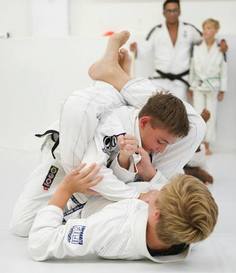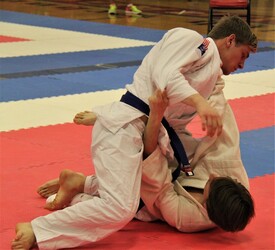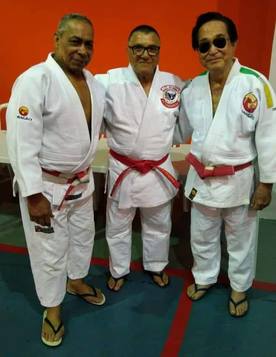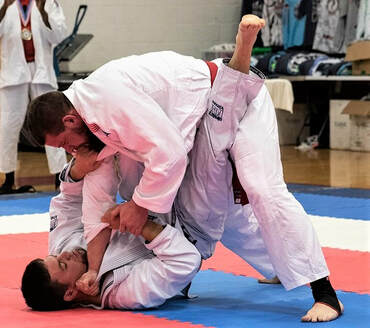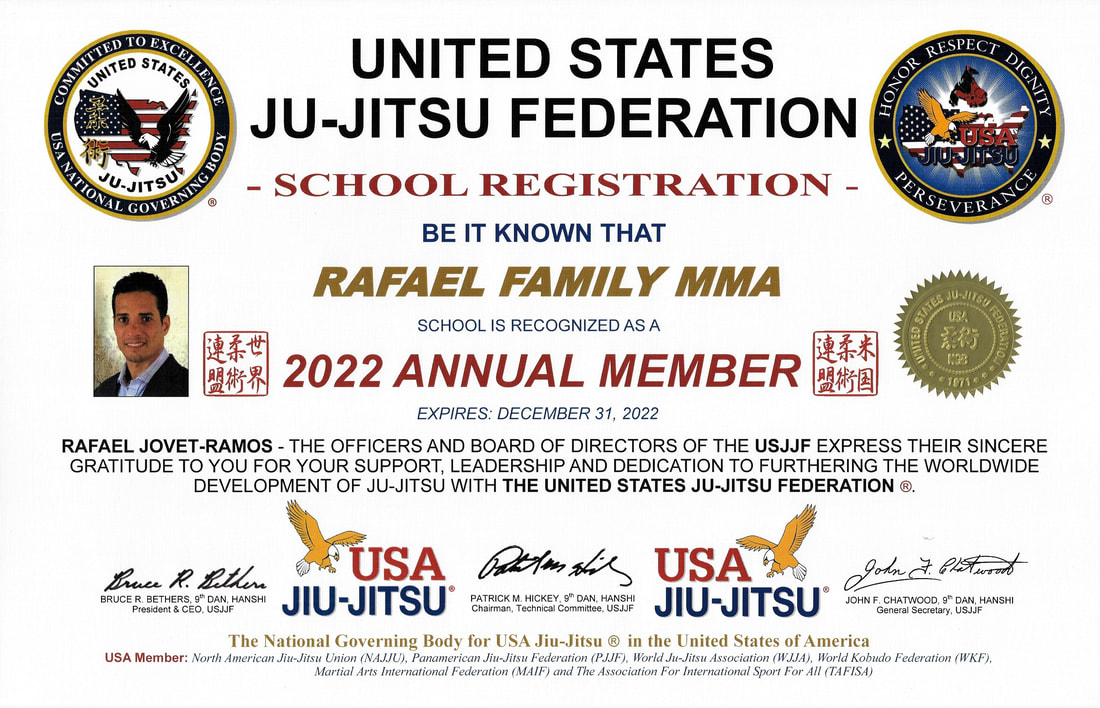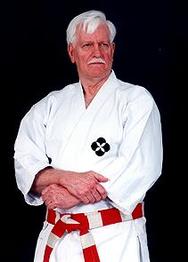USA JIU-JITSU ®
|
USJJF's
|
USJJF's
BJJ - GRAPPLING
National Rank System
USA JIU-JITSU ®
(USAJJ) ®
United States Ju-Jitsu Federation (USJJF) ® proudly presents its National System - USA JIU-JITSU ® (Rank Requirements) for BJJ-Grappling.
USJJF's USA JIU-JITSU ® BJJ - GRAPPLING COMMITTEE
USJJF's USA JIU-JITSU ® BJJ - GRAPPLING COMMITTEE
Brian Walsh, Chairman
Bruce R. Bethers
Jose Higino Alves Nunes
Edison Leandro Da Silva
Ricardo Murgel
Rigan Machado
Eduardo B. Pieroni
Fernando Yamasaki
Gene LeBell
Gokor Chivichyan
James B. Wadley
Antonio la Salandra
Earl DelValle
Domingos Nunes
Jeff Santella
Jeff Rhodes
Jeffrey Cook
John Newton
Michael Antonides
Alireza Davoodi
Nadeem Ansari
Rafael Jovet-Ramos
Micheal Rosenquist
Gary Hensley
Dan Pagan
Heather Bess
Evilazio Feitoza
John Farrar
Bruce R. Bethers
Jose Higino Alves Nunes
Edison Leandro Da Silva
Ricardo Murgel
Rigan Machado
Eduardo B. Pieroni
Fernando Yamasaki
Gene LeBell
Gokor Chivichyan
James B. Wadley
Antonio la Salandra
Earl DelValle
Domingos Nunes
Jeff Santella
Jeff Rhodes
Jeffrey Cook
John Newton
Michael Antonides
Alireza Davoodi
Nadeem Ansari
Rafael Jovet-Ramos
Micheal Rosenquist
Gary Hensley
Dan Pagan
Heather Bess
Evilazio Feitoza
John Farrar
USJJF's USA JIU-JITSU (USAJJ) ® Rank System
Join USJJF's National System & Program
USA JIU-JITSU ® and Participate in the Dynamic Grappling Art of Jiu-Jitsu..!!
USA JIU-JITSU ® and Participate in the Dynamic Grappling Art of Jiu-Jitsu..!!
- Overview of Brazilian Jiu-Jitsu -
Brazilian jiu-jitsu is a martial art, combat sport, and a self defense system that focuses on grappling and especially ground fighting. Brazilian jiu-jitsu was formed from Kodokan Judo ground fighting (newaza) fundamentals that were taught by a number of individuals including Takeo Yano, Mitsuyo Maeda and Soshihiro Satake. Brazilian jiu-jitsu eventually came to be its own art through the experiments, practices, and adaptation of the judo knowledge of Carlos and Hélio Gracie, who then passed their knowledge on to their extended family.
BJJ promotes the concept that a smaller, weaker person can successfully defend against a bigger, stronger assailant by using proper technique, leverage, and most notably, taking the fight to the ground, and then applying joint-locks and chokeholds to defeat the opponent. BJJ training is used for sport grappling tournaments (gi and no-gi). Sparring (commonly referred to as "rolling") and live drilling play a major role in training, and a premium is placed on performance, especially in competition, in relation to progress and ascension through its ranking system.
Since its inception in 1882, its parent art of judo was separated from older systems of Japanese ju-jitsu by an important difference that was passed on to Brazilian jiu-jitsu: it is not solely a martial art, it is also a sport; a method for promoting physical fitness and building character in young people; and, ultimately, a way (Do) of life.
Divergence from Kodokan rules. Since judo was introduced to Brazil there have been changes in the rules of sport judo – some to enhance it as a spectator sport, and some for improved safety. Several of these rule changes have greatly de-emphasised the groundwork aspects of judo, and others have reduced the range of joint locks allowed and when they can be applied. Brazilian jiu-jitsu did not follow these changes to judo rules (and there is no evidence that some of the rules were ever used, such as the win by pin/osaekomi or by throw), and this divergence has given it a distinct identity as a grappling art, while still being recognizably related to judo. Other factors that have contributed towards the stylistic divergence of BJJ from sport judo include the Gracies' desire to create a national martial art, the influence of Brazilian culture, and the Gracies' emphasis on full-contact fighting.
BJJ competition rules permit all the techniques that judo allows to take the fight to the ground. These include judo's scoring throws as well as judo's non-scoring techniques that it refers to as "skillful takedowns" (such as the flying armbar). BJJ also allows any and all takedowns from wrestling, sambo, or any other grappling arts including direct attempts to take down by touching the legs. BJJ also differs from judo in that it also allows a competitor to drag his opponent to the ground, and even to drop to the ground himself provided he has first taken a grip. Early Kodokan judo was similarly open in its rules (even permitting an athlete to simply sit on the mat at the beginning of a match), but has since become increasingly restrictive in comparison. BJJ has also become more sports oriented and has eliminated techniques such as picking up an opponent from the guard and throwing him.
BJJ promotes the concept that a smaller, weaker person can successfully defend against a bigger, stronger assailant by using proper technique, leverage, and most notably, taking the fight to the ground, and then applying joint-locks and chokeholds to defeat the opponent. BJJ training is used for sport grappling tournaments (gi and no-gi). Sparring (commonly referred to as "rolling") and live drilling play a major role in training, and a premium is placed on performance, especially in competition, in relation to progress and ascension through its ranking system.
Since its inception in 1882, its parent art of judo was separated from older systems of Japanese ju-jitsu by an important difference that was passed on to Brazilian jiu-jitsu: it is not solely a martial art, it is also a sport; a method for promoting physical fitness and building character in young people; and, ultimately, a way (Do) of life.
Divergence from Kodokan rules. Since judo was introduced to Brazil there have been changes in the rules of sport judo – some to enhance it as a spectator sport, and some for improved safety. Several of these rule changes have greatly de-emphasised the groundwork aspects of judo, and others have reduced the range of joint locks allowed and when they can be applied. Brazilian jiu-jitsu did not follow these changes to judo rules (and there is no evidence that some of the rules were ever used, such as the win by pin/osaekomi or by throw), and this divergence has given it a distinct identity as a grappling art, while still being recognizably related to judo. Other factors that have contributed towards the stylistic divergence of BJJ from sport judo include the Gracies' desire to create a national martial art, the influence of Brazilian culture, and the Gracies' emphasis on full-contact fighting.
BJJ competition rules permit all the techniques that judo allows to take the fight to the ground. These include judo's scoring throws as well as judo's non-scoring techniques that it refers to as "skillful takedowns" (such as the flying armbar). BJJ also allows any and all takedowns from wrestling, sambo, or any other grappling arts including direct attempts to take down by touching the legs. BJJ also differs from judo in that it also allows a competitor to drag his opponent to the ground, and even to drop to the ground himself provided he has first taken a grip. Early Kodokan judo was similarly open in its rules (even permitting an athlete to simply sit on the mat at the beginning of a match), but has since become increasingly restrictive in comparison. BJJ has also become more sports oriented and has eliminated techniques such as picking up an opponent from the guard and throwing him.
USA JIU-JITSU TEAM BRINGS HOME GOLD MEDALS AND MORE IN
WCJJO WORLD CHAMPIONSHIPS..!!
|
|
